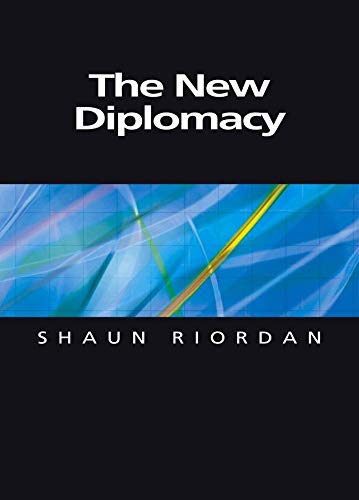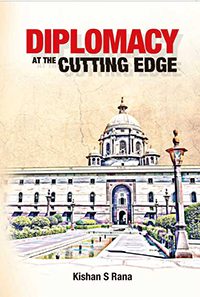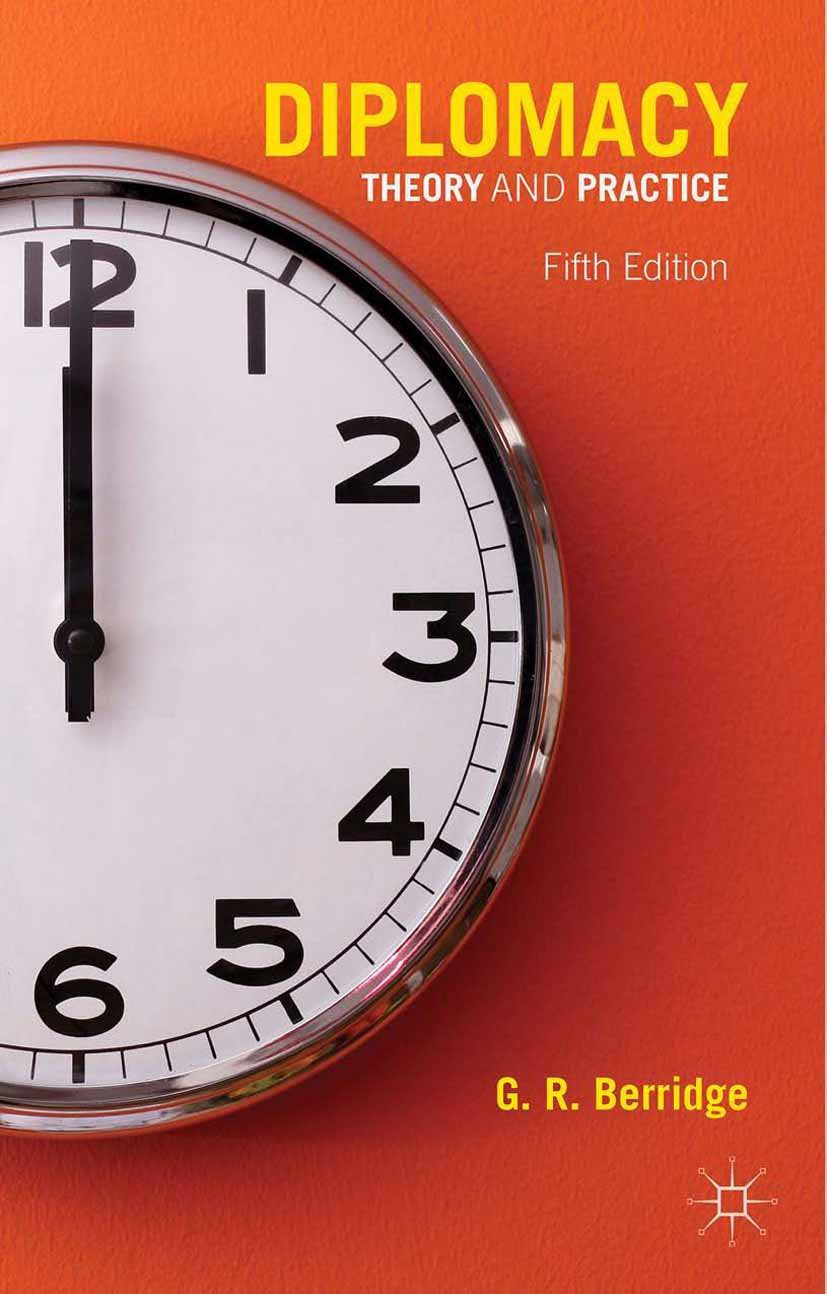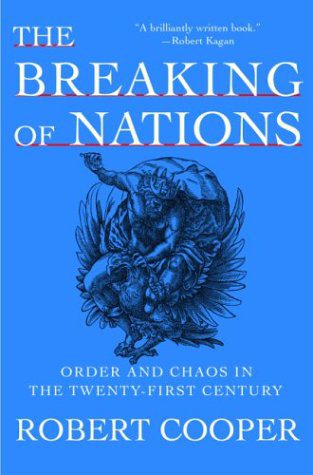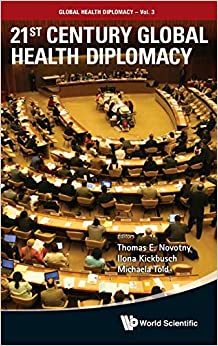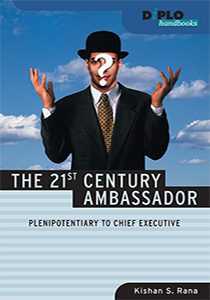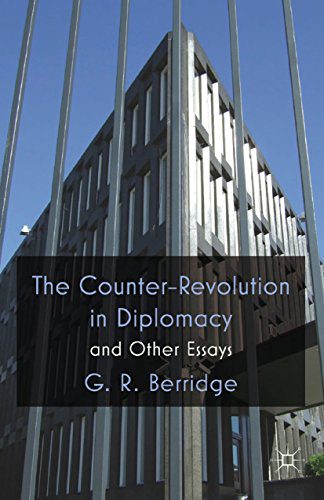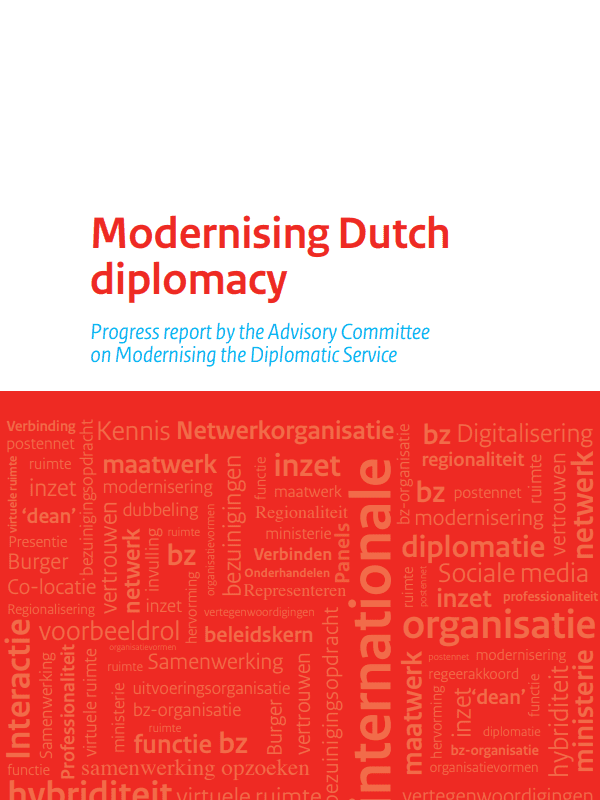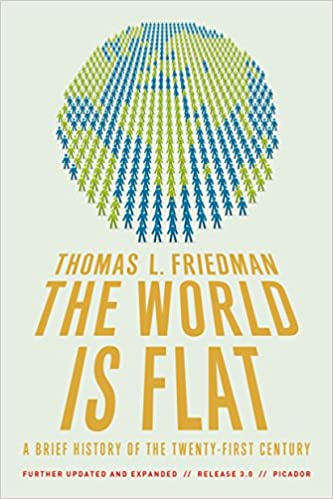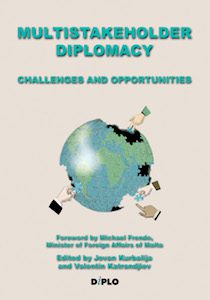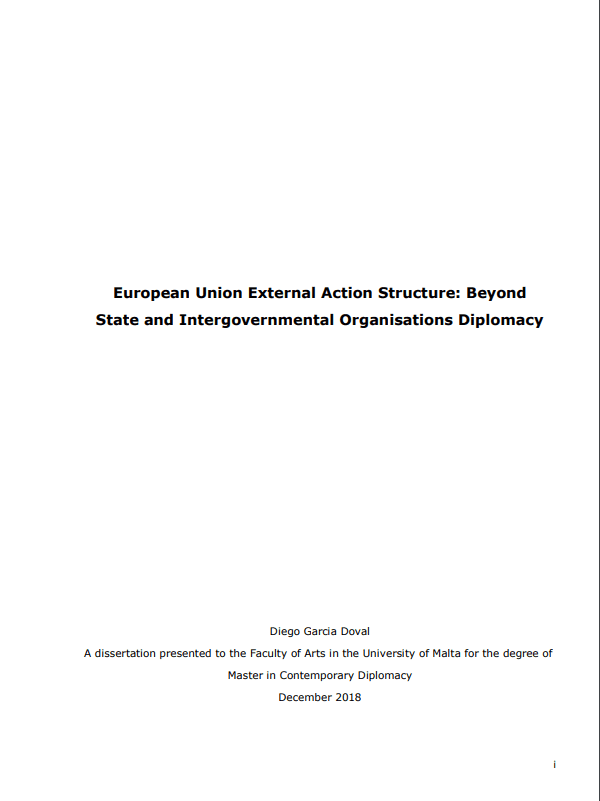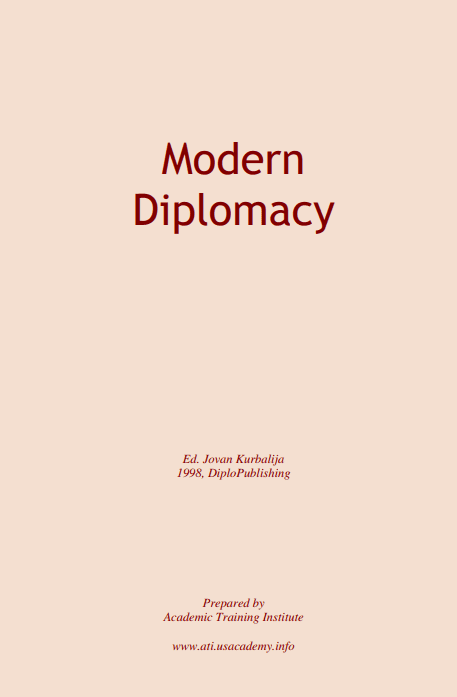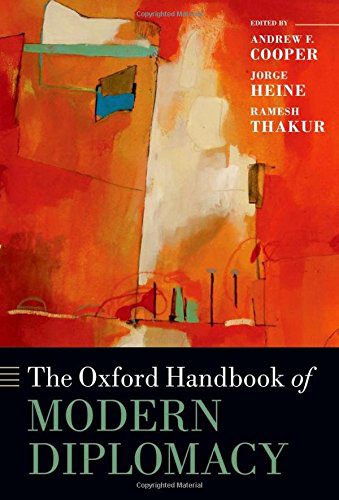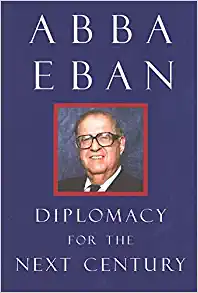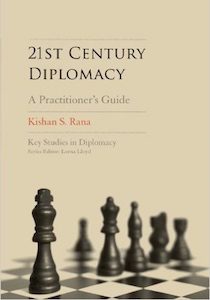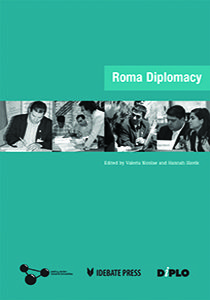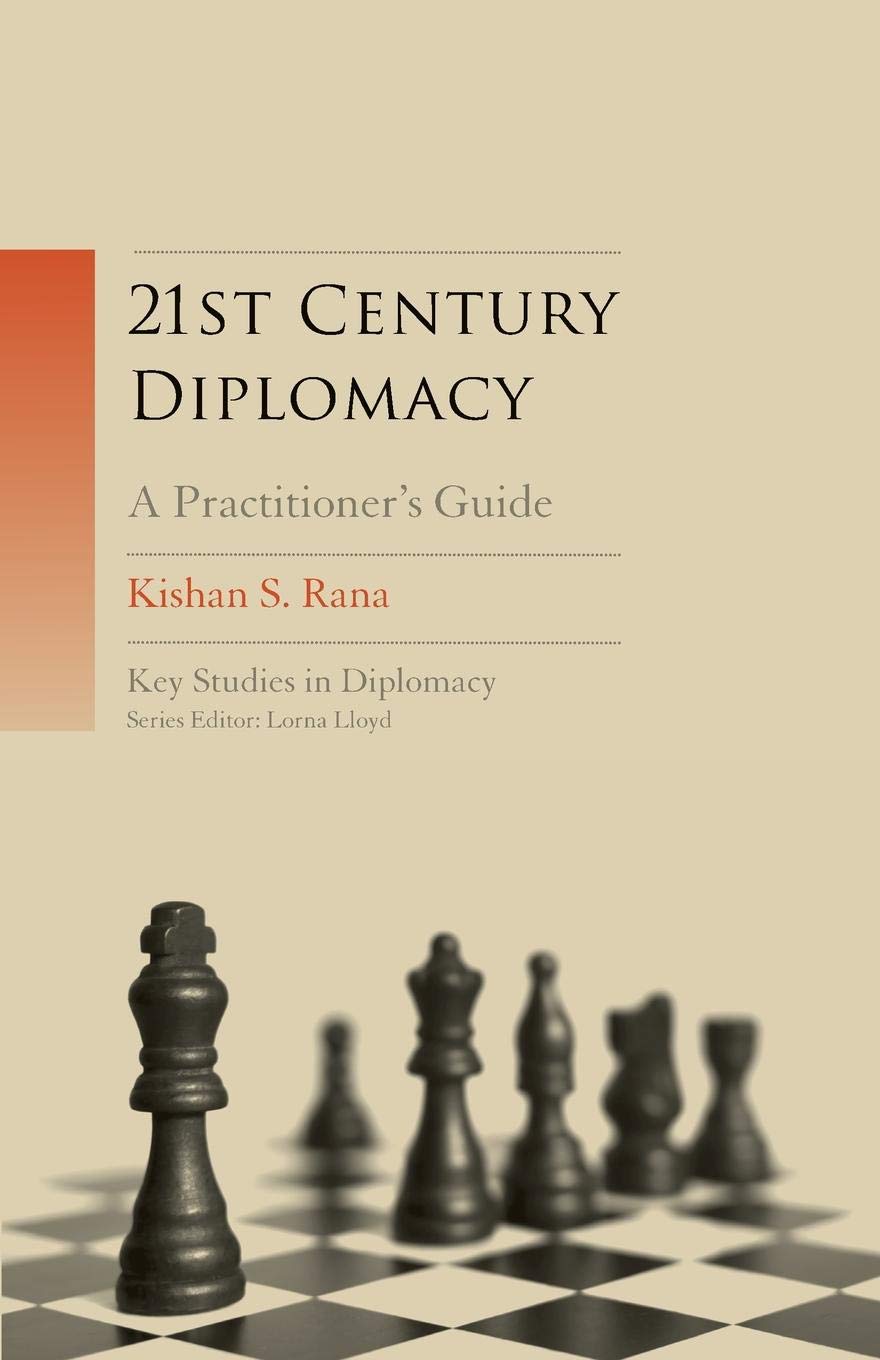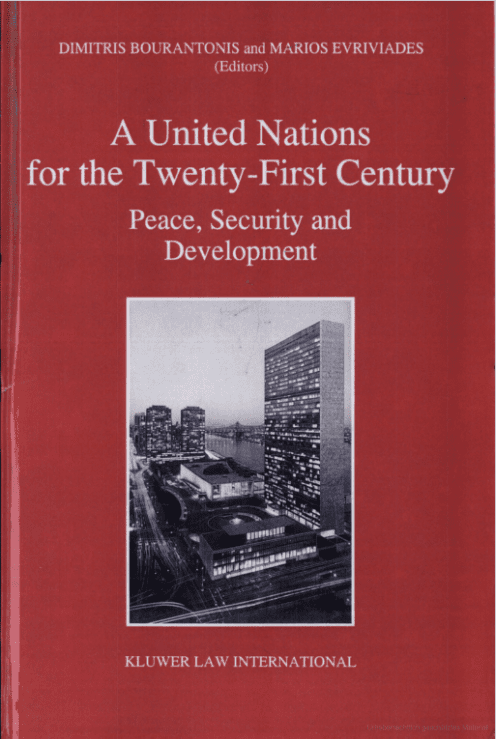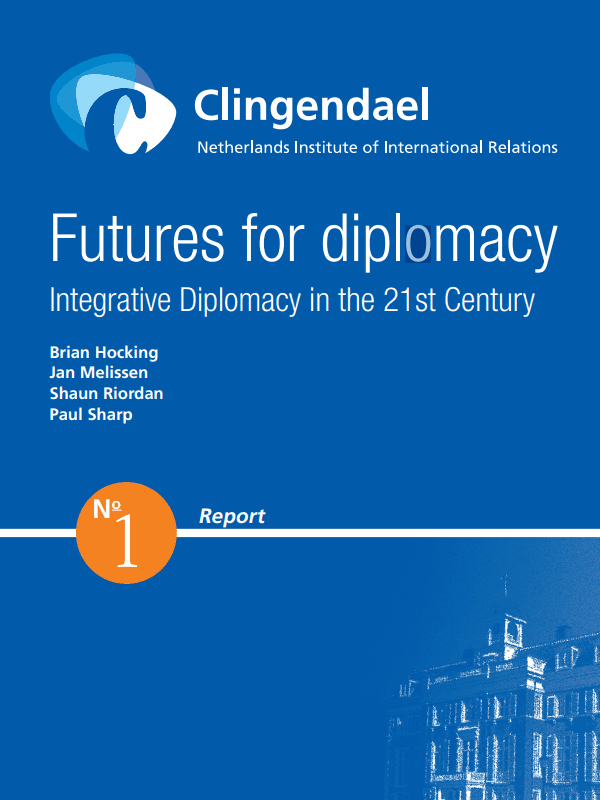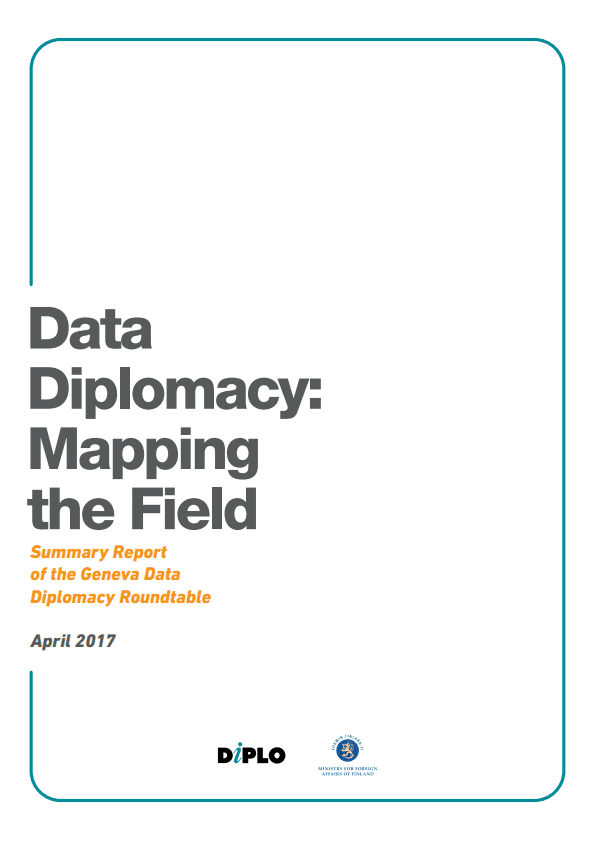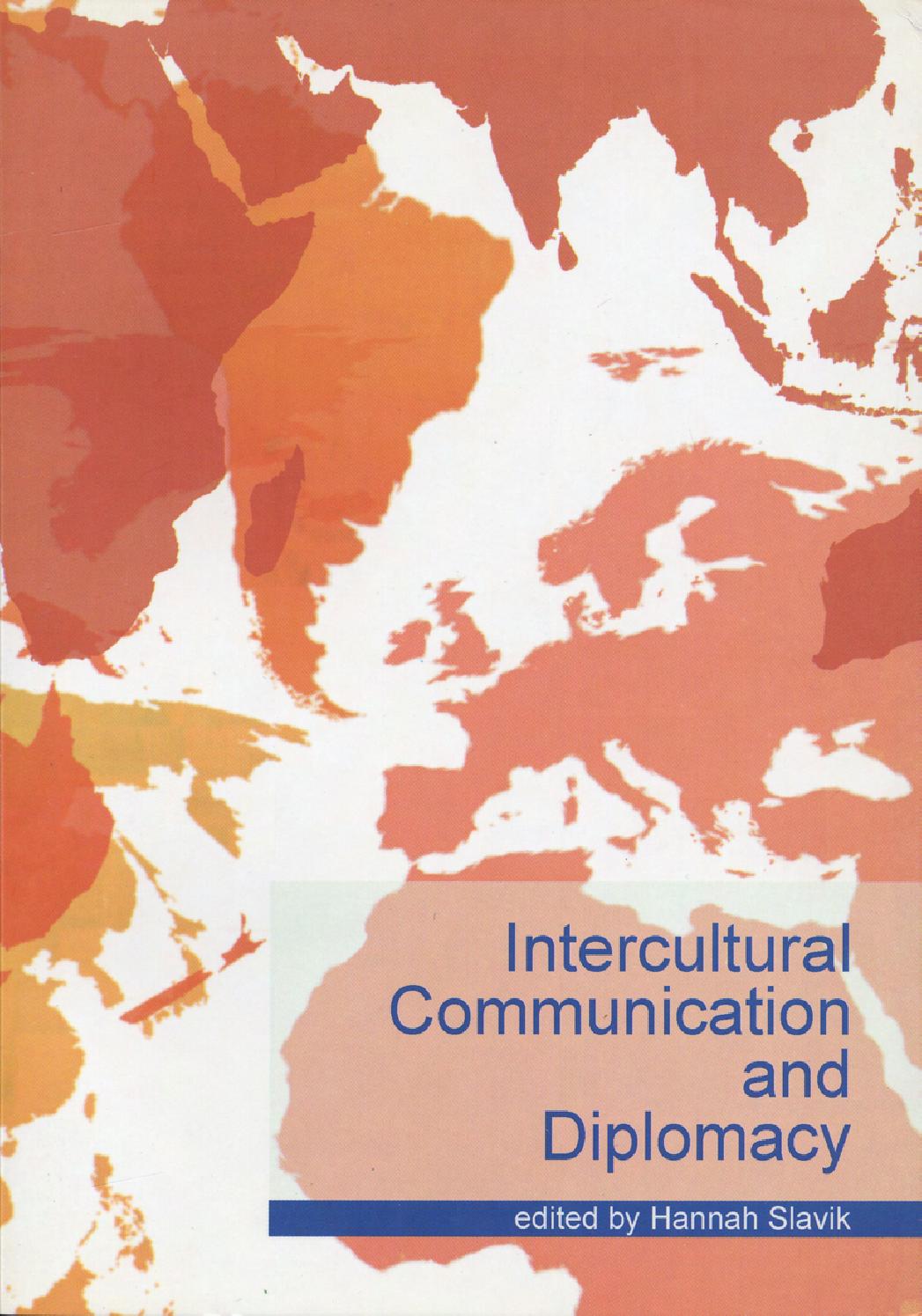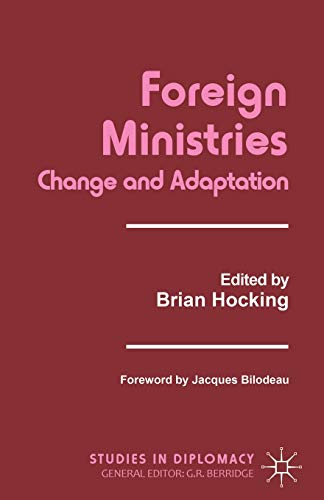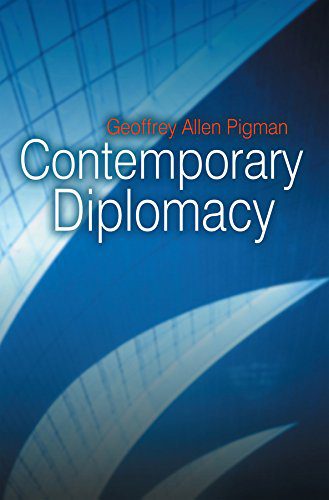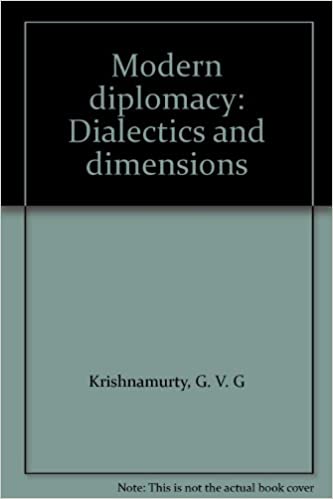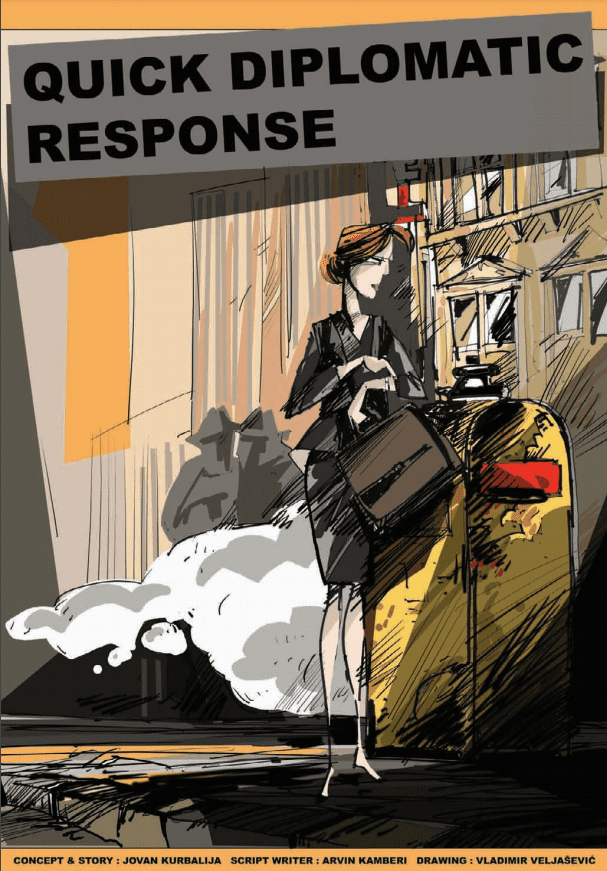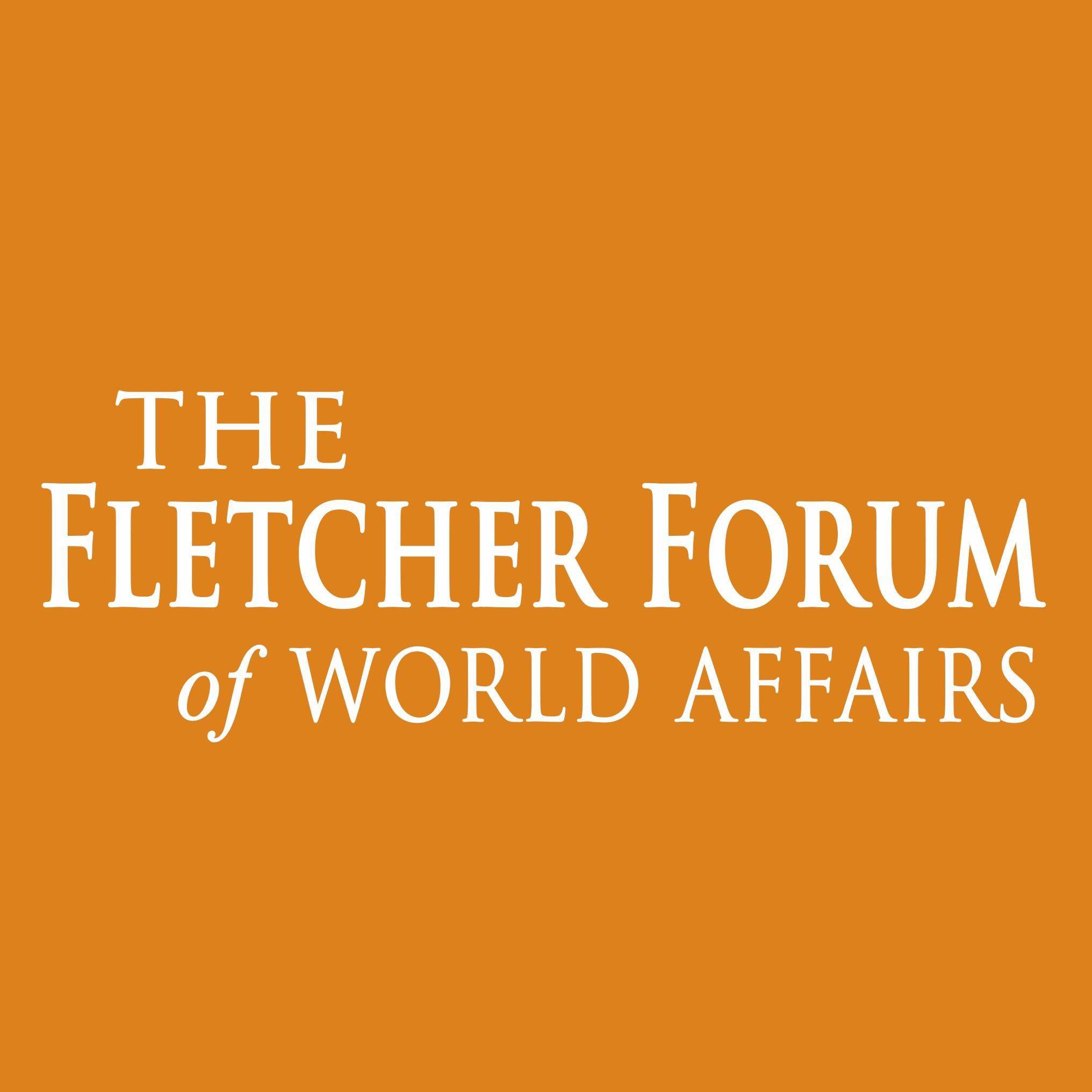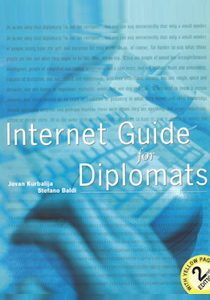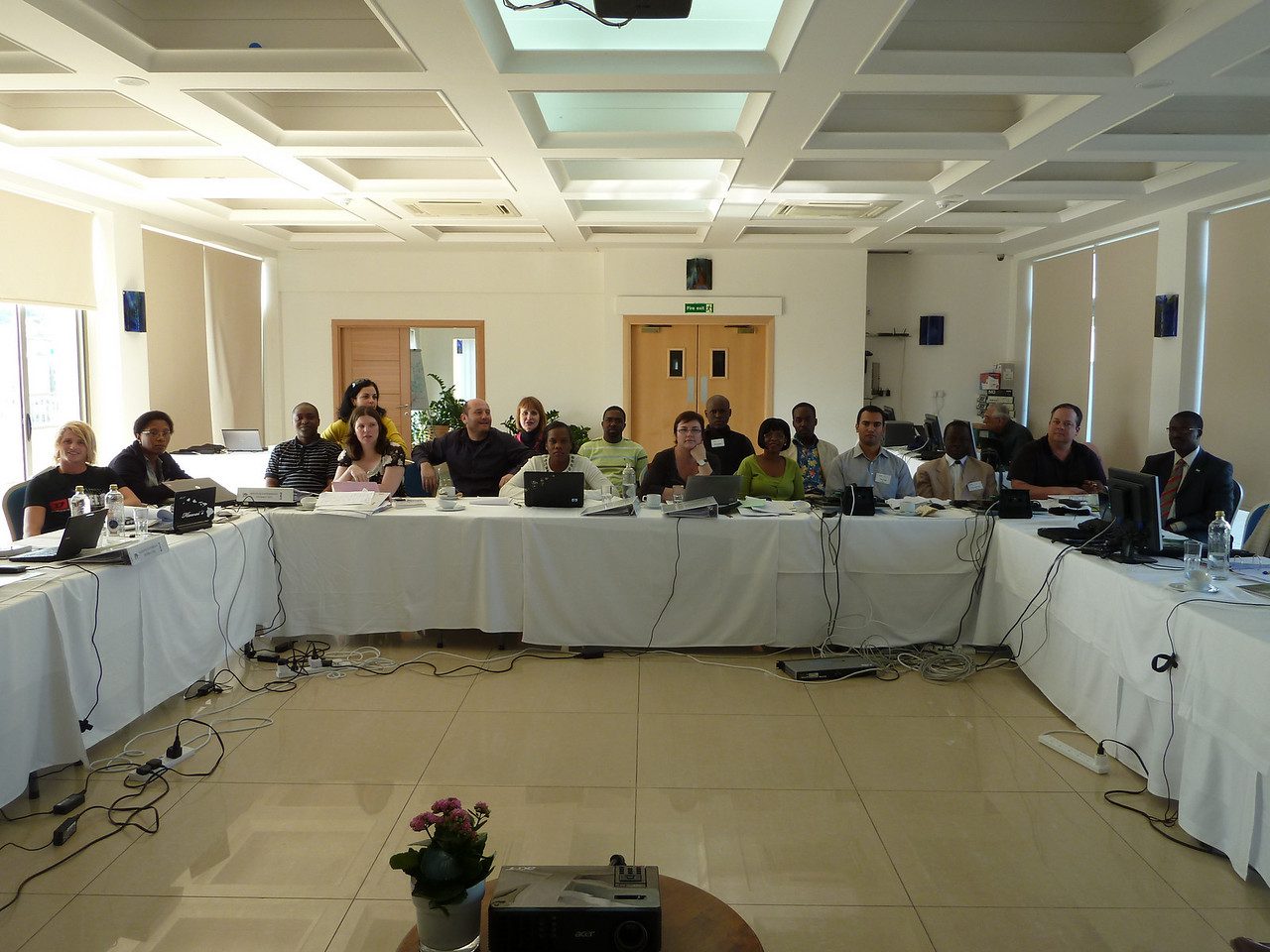The major weakness of the book is that it repeatedly confuses the diplomatic machine (though he occasionally uses this term) with the realist foreign policy tradition. This emerges most clearly in chapter 3 where he attacks what he calls alternatively ‘the traditional diplomatic ideology’ or ‘the realist school of diplomacy’.
It is true that ‘diplomatists’ (professional diplomats), as well as statesmen, have often leaned to realism but an attack on realism is manifestly not an attack on the suitability of a particular diplomatic machine to a particular historical juncture – or anticipated future. Riordan also takes inadequate account of the well known fact that professional diplomats are inclined to develop reflexes that at the least ameliorate their ‘realism’: a disposition to seek compromise, and – if resident abroad or at least in temporary face-to-face contact with their opposite numbers – an inclination to empathy. A perfect illustration of the mistake that this confusion leads him to make is his allegation that, among the consistent failures of ‘traditional diplomacy’ in the period after the Second World War, was Britain’s relations with ‘everybody [sic!] in the Middle East’. Was it not a politician, Anthony Eden, who was responsible for the worst fiasco of all, at Suez in 1956? And was not his policy opposed – to the extent that they knew about it – by the permanent officials in the Foreign Office? Completely innocent of the Grotian tradition in international thought, and incorrectly deducing international disorder from international anarchy (p. 31), Riordan is in any case doomed by this error to an inability even to contemplate the possibility that diplomacy might contribute to regulated relations between states. He appears not to have heard of international law.
Coming down to earth, Riordan tells us that governments (necessary for democratic accountability) require diplomatic machines but that traditional embassies and other resident missions, being physically expressed in ‘bricks and mortar’, have three serious disadvantages. They are costly to acquire and maintain; reinforce the hierarchical structures and departmentalization that discourage the free debate of original ideas; and are generally inflexible instruments of diplomacy. What should be put in their place? One is led to expect at least a short account of the diplomatic advantages of open plan bungalows and mobile homes – or perhaps trains. (There are precedents: a diplomatist of the despised old school, the British ambassador in Turkey, used a train for quite a while after Atatürk moved his capital from Istanbul to Ankara in the 1920s.) But alas, no. We get instead just the usual glossy prospectus for providing diplomacy without diplomats: the internet, jet-borne ministers and officials, consultancy and lobby companies – and American Express. Riordan admits in a number of asides to his main argument that there are advantages to resident representation (‘personal relationships … can still add value’, p. 64), and he implies that there are situations in which it is unavoidable. (He would probably concede that reliance by Britain on Zimbabwean PR and lobby companies would not be an effective alternative to a British embassy in Harare.)
In arguing that much decision-making has now moved up to the ‘supra’ – and down to ‘sub-national’ levels, he is also right to conclude that this has weakened the case for the traditional ‘national’ embassy. However, what he seems to overlook is the significance of the fact that similar missions have sprung up on both of these other planes. In other words, an argument against national-level embassies is not an argument against embassies as such! While provocative, and at points appropriately qualified, the treatment of resident representation is in general shallow and one-sided.
Riordan’s book is not, however, quite without other virtues, and I think the main one – apart from its provocativeness – is that, albeit belatedly, he does not discuss diplomacy in general but how it should be conducted in the light of different circumstances. This is obviously the right approach, and his employment of the now conventional distinctions between post-modern, modern, and pre-modern states is instructive in this context. (Perhaps, however, it would have been a good idea to begin the book with the chapter in which he develops this line – ‘The New World of International Relations’ – rather than to leave it until he was over two-thirds of the way through.) There is also a good chapter on public diplomacy, the importance of which he rightly emphasises, though it is notable that once more he is forced to admit the usefulness of traditional embassies – here to encourage and coordinate public diplomacy (pp. 126-7). Western values must be broadcast in order to civilize the barbarians! The Byzantines would have applauded this. Riordan also has an interesting defence of political appointees, and it is refreshing to hear someone banging on about ‘civil society’ who emphasises nevertheless that NGOs are not virtuous by definition. Coordination of foreign policy remains necessary, he admits, but not necessarily by a Ministry of Foreign Affairs – a rose by any other name? The book also has a good index.
